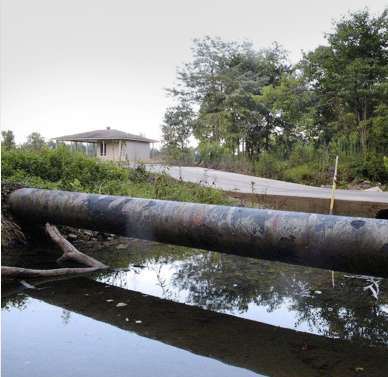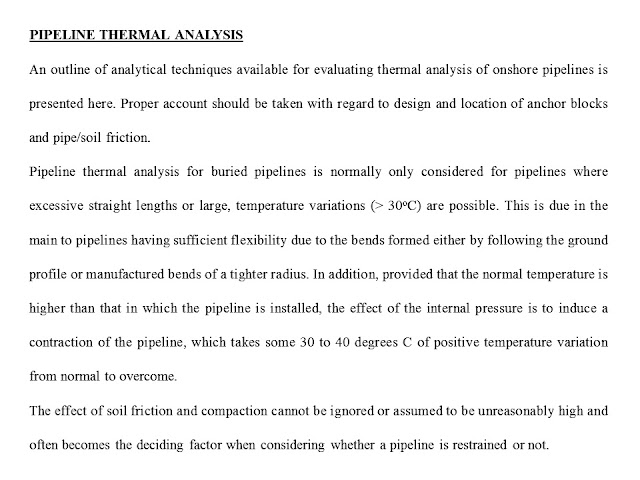Overhead crossings

Overhead crossings entail the pipeline being laid or placed over the feature being crossed. It was commonly used for deep ditch crossings whereby the pipe would emerge from the bank at the depth it was buried in the adjacent field and cross unsupported over a length of not more than 4 to 5 m, before being buried in the far bank. This technique is not often used now due to the potential for damage and the inactivity of a cathodic protection system both for the exposed portion and the initial sections buried into the banks. A pipeline overhead crossing Other overhead crossings still feasible involve specially constructed pipe bridges to bridge gaps, generally across rivers. Their use has diminished in recent times, primarily due to the availability of directional drilling, the potential for damage and corrosion as mentioned above and the cost of maintenance and repair to the bridge itself. They are in general not recommended. Source: https://www.americanrivers.org

